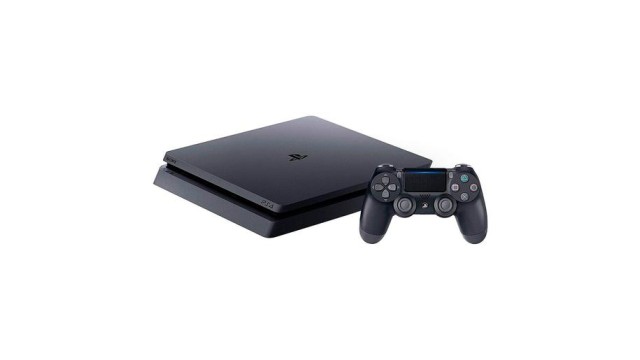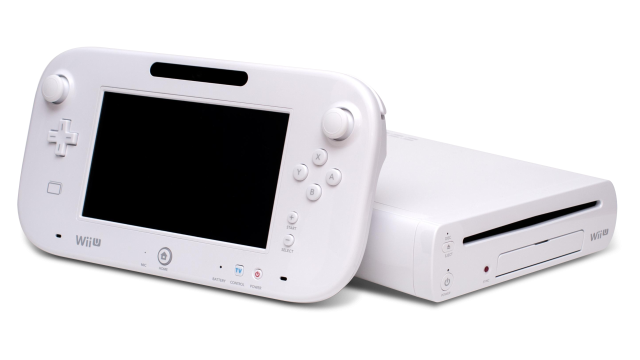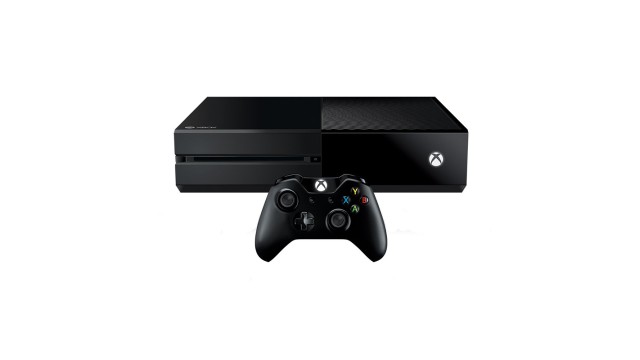
PlayStation 4
Launches: 2013
Units sold: 106 000 000
Generation: 8th
 PlayStation 4 technical specifications
PlayStation 4 technical specifications
CPU: Semi-custom 8-core AMD x86-64 Jaguar @ 1.6 GHz
Memory: 8 GB
 PlayStation 4 video specifications
PlayStation 4 video specifications
PlayStation 4 graphics capabilities.
Video chip: Custom AMD GCN Radeon @ 800MHz
Video connection:
 PlayStation 4 audio specifications
PlayStation 4 audio specifications
PlayStation 4 sound capabilities.
Audio chip:
Audio mode: 5.1
 Controllers of PlayStation 4
Controllers of PlayStation 4
 PlayStation 4 games support
PlayStation 4 games support
Support:
PlayStation 4 games
Games library:
PlayStation 4 story
The PlayStation 4, released by Sony in November 2013, represents a significant milestone in the evolution of gaming consoles, embodying a combination of advanced technology, strategic innovation, and a deep understanding of the gaming community. Its development, launch, and market reception illustrate how Sony leveraged its experience and expertise to solidify its position as a leading player in the home gaming market.
The development of the PlayStation 4 was a complex and highly strategic process that began in the early 2000s, soon after the launch of its predecessor, the PlayStation 3. Sony recognized that the gaming landscape was rapidly changing, with increasing demand for higher performance, better graphics, and more immersive experiences. The development team aimed to build a console that not only met but exceeded these expectations, focusing on delivering superior hardware capabilities and enhancing the overall gaming experience.
At the core of the PlayStation 4’s design was a custom AMD Jaguar processor, featuring an 8-core CPU and an AMD Radeon-based GPU. This hardware combination was chosen to deliver significant improvements in graphics performance and processing power compared to previous generations. The GPU was particularly noteworthy for its ability to handle complex graphical tasks, enabling support for high-definition and high-fidelity visuals that were essential for modern gaming experiences.
The PlayStation 4 also included 8 GB of GDDR5 RAM, which provided substantial memory bandwidth and supported faster data processing, contributing to smoother gameplay and quicker load times. This memory architecture was a crucial factor in the console’s performance, allowing for more detailed textures, larger game worlds, and enhanced overall graphics.
In addition to hardware advancements, the PlayStation 4’s development focused on improving the user experience through a range of software features and services. The console introduced a revamped user interface designed for ease of navigation and accessibility. One of the key features was the integration of the DualShock 4 controller, which included innovations such as a touchpad, a light bar, and built-in speaker. These additions aimed to provide new ways for players to interact with games and enhance gameplay immersion.
The launch of the PlayStation 4 was a highly anticipated event that took place in November 2013, with the console initially released in North America and Europe, followed by launches in Japan and other regions in 2014. Sony’s marketing strategy for the PlayStation 4 was designed to highlight the console’s superior performance, extensive game library, and enhanced multimedia capabilities. The launch was supported by a series of promotional events, advertisements, and partnerships with game developers, which helped build excitement and anticipation among gamers.
One of the key aspects of the PlayStation 4’s launch was its strong lineup of games. The console debuted with several highly anticipated titles, including “Killzone: Shadow Fall,” “Knack,” and “Assassin’s Creed IV: Black Flag.” These games were chosen to showcase the PlayStation 4’s capabilities and provide early adopters with a diverse range of gaming experiences. Additionally, Sony’s commitment to supporting independent game developers resulted in a robust lineup of indie games available at launch, further enhancing the console’s appeal.
The market reception of the PlayStation 4 was overwhelmingly positive, with widespread acclaim for its performance, design, and features. Critics and gamers praised the console for its powerful hardware, which enabled a range of graphical advancements and smoother gameplay. The PlayStation 4’s user interface and online services, including the PlayStation Network and PlayStation Plus, were also well-received, with many noting improvements in ease of use and the value of the online subscription service.
The PlayStation 4’s success was further bolstered by its competitive pricing strategy. At launch, the console was priced lower than its primary competitor, the Xbox One, which helped attract a broad audience and drive strong sales. The lower price point, combined with the console’s advanced features and strong game lineup, contributed to its strong market performance and established it as a leading choice for gamers.
The PlayStation 4’s market reception was also influenced by its ability to address the needs and preferences of gamers. Sony’s focus on delivering high-quality games, robust online services, and a user-friendly experience helped the console maintain a strong position throughout its lifecycle. Additionally, the console’s continued support for game developers, including the introduction of tools and resources for creating innovative and engaging content, ensured a steady stream of new and exciting games.
Overall, the PlayStation 4’s development, launch, and market reception reflect Sony’s successful efforts to build upon its previous successes and advance the gaming industry. The console’s powerful hardware, innovative features, and strong game lineup contributed to its widespread acclaim and solidified its position as a major player in the home gaming market. The PlayStation 4’s impact on the gaming landscape is evident in its role in shaping the future of gaming consoles and its contributions to the ongoing evolution of interactive entertainment.
Previous Sony console: PlayStation 3
Next Sony console: PlayStation 5

